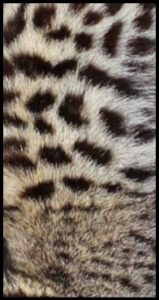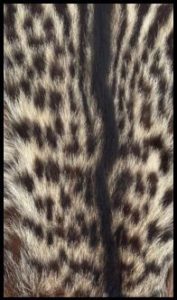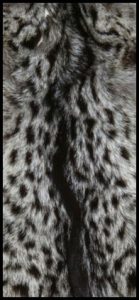Civet and genet fur has held a place of prominence in the world of fashion, admired for its exotic patterns and luxurious texture. Historically, their fur was a symbol of status and wealth, often used in the creation of opulent garments and accessories. Civets’ mottled fur, which features a mix of gray, brown, and black hues, is coarse in texture, allowing them to blend seamlessly into their natural environments. Genets, on the other hand, boast a distinct fur pattern characterized by dark spots on a lighter background, giving their coats a leopard-like appearance. Their prominently ringed tails further enhance their aesthetic, making genet fur a unique and eye-catching material.
These unique patterns and textures make their fur distinguishable and, unfortunately, desirable for fashion-related uses. The distinction between the fur of civets and genets lies not only in their appearance but also in their adaptations for survival. Civets’ fur provides better insulation in cooler environments, while genets’ fur enhances their agility and stealth in the wild.
In the past, civets and genets were often hunted or farmed for their fur, leading to significant impacts on their populations. Designers now often turn to high-quality synthetic alternatives that mimic the beauty of exotic furs without causing harm to wildlife.
Civets and Genets share some similarities with spotted skunks which can be seen here.


